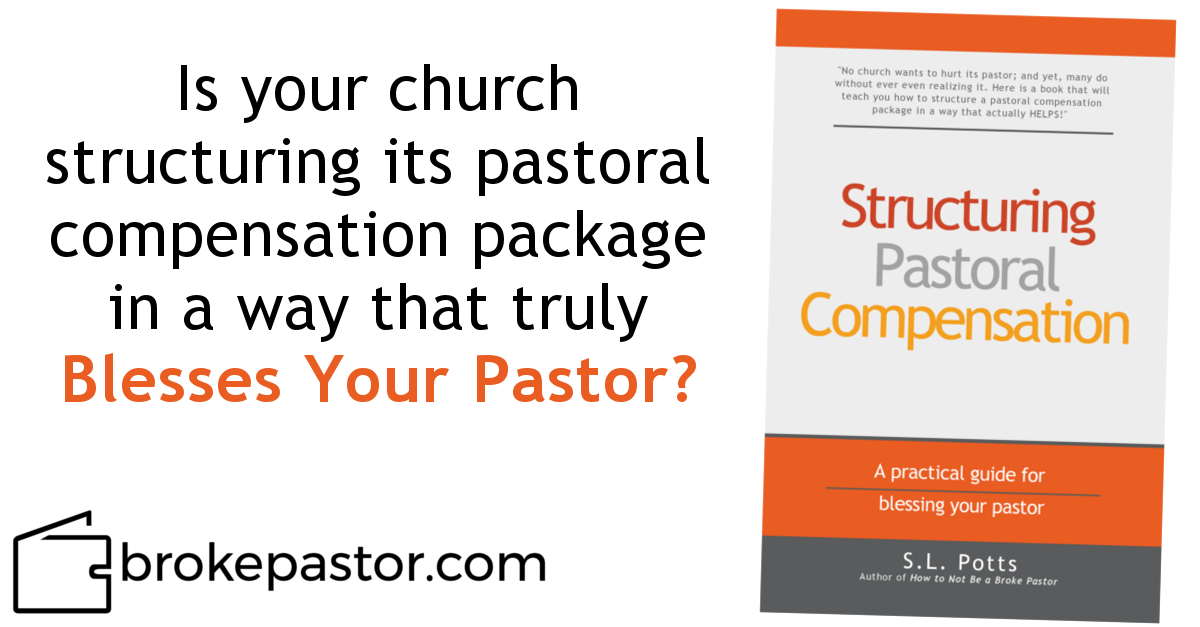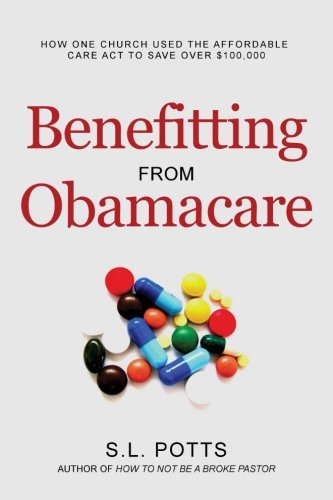One of the hardest aspects of creating an operating budget for the upcoming fiscal year is determining how much giving the church should project/expect next year. I know that, in our case, this is something we wrestle with each and every year.
Over time, we have developed five questions to help us make this crucial determination:
- What is the total YTD actual giving for the current fiscal year?
- Based on current average weekly giving, what is the projected annual giving for the current fiscal year?
- How does the projected annual giving for the current fiscal year match up to the prior year's projection?
- Does recent giving (rolling 3 month and 6 month totals) appear to be trending up, down, or steady?
- How does YTD actual giving for the current fiscal year compare to the same time period in the prior fiscal year?
What is the total YTD actual giving for the current fiscal year? This allows us to see where we're at today.
Based on current average weekly giving, what is the projected annual giving for the current fiscal year? This is where we take whatever we've received YTD and divide it by the current number of weeks in the fiscal year. For example, if we have received $200,000 YTD and there have been 40 weeks of giving, then our average weekly giving is $5,000. With 12 remaining weeks of giving left in the year, our projected annual giving for the current fiscal year would be $260,000 ($200,000 actual + $5,000 times 12 weeks = $260,000).
How does the projected annual giving for the current fiscal year match up to the prior year's projection? If, last year, we projected that we would receive $250,000 in giving this year, and our projection for EOY is $260,000, then we are on track. If, however, we projected $300,000, then where did our projection go wrong? What happened? This step acts as a quality control feature in our overall thinking and planning.
Does recent giving (rolling 3 month and 6 month totals) appear to be trending up, down, or steady? So, at this point, we compare three numbers. First, we determine our YTD average weekly giving. Second, we take the the last 26 weeks of giving and determine the average weekly giving from that time period. Finally, we take the last 13 weeks of giving and determine the average weekly giving from that time period. After comparing those three numbers, do we find an increase in giving, a decrease in giving, or no change in giving? This gives us an idea of what to expect going forward.
How does YTD actual giving for the current fiscal year compare to the same time period in the prior fiscal year? Are we seeing more or less giving than we were 12 months ago at this same time? Again, this gives us a sense on what to expect going forward.
If, after reviewing these factors, the projected giving for the upcoming fiscal year is less than the current year’s projections, then we have to adjust our budget accordingly.
On the other hand, If, after reviewing these factors, the projected giving for the upcoming fiscal year is greater than the current year’s projections . . . then we have to determine how much extra to project. This is the particularly tricky part.
In general, we have tried to tie increases in projected giving to any actual increases in annual giving over the previous 5 year period.
For example, If the projected giving for the current year is $260,000, AND if, after reviewing the factors listed above, we believe that the projected giving for the upcoming fiscal year should be greater than the current year’s projections, AND if the average year-over-year increase in actual giving for the past five years equals 3%, THEN the projection for the upcoming year’s giving should equal 103% of the current year’s projections, i.e. $267,800.
As you can see, this is about 50% art and 50% science. It's our attempt to be both conservative and factual in making this very important projection.
How does your church make this projection? Leave a comment below, or follow me on Facebook and leave a comment there.


